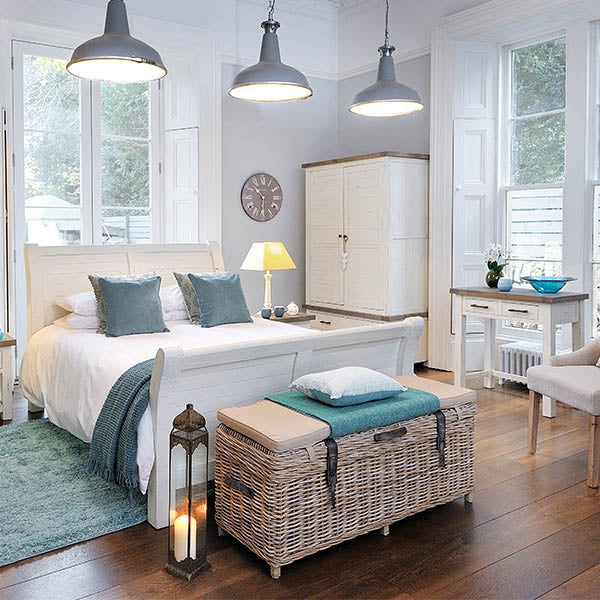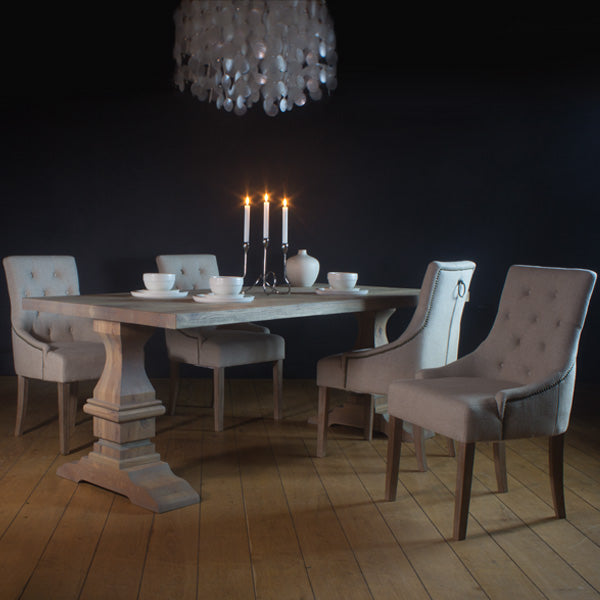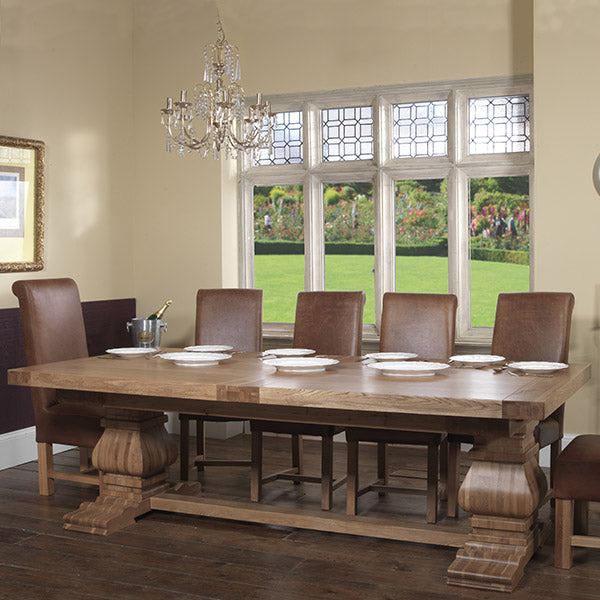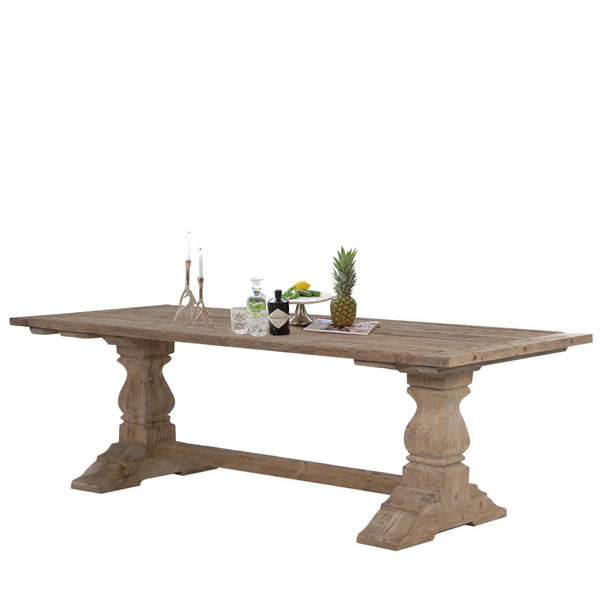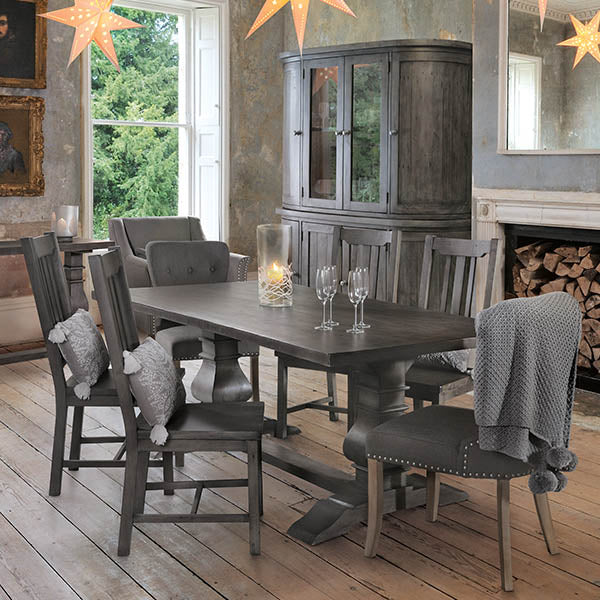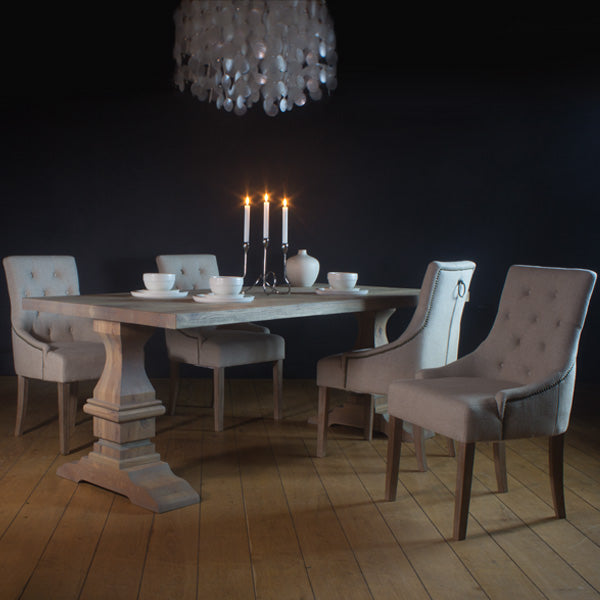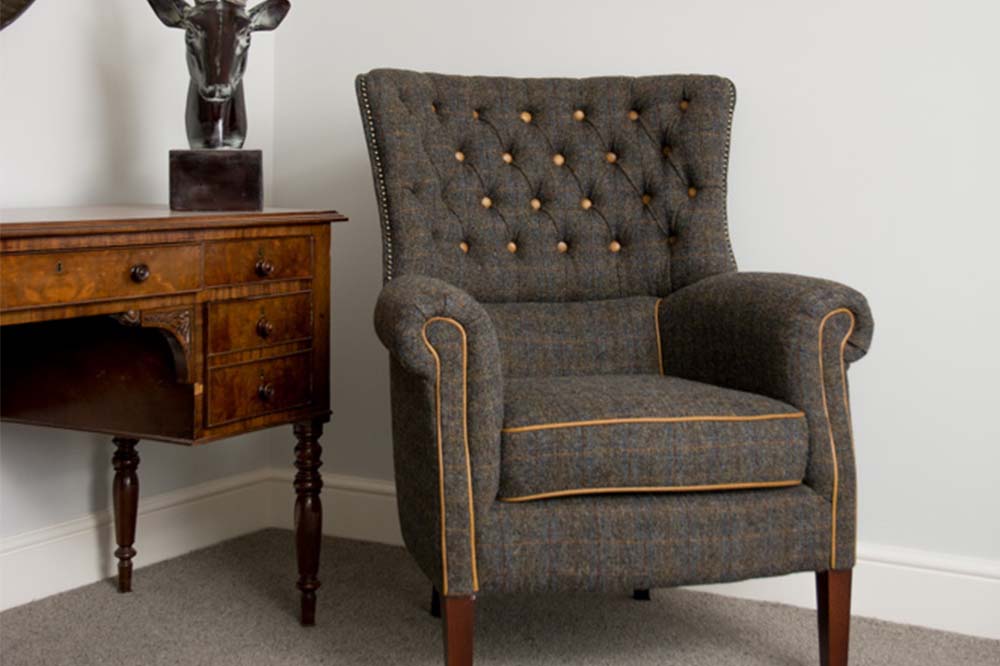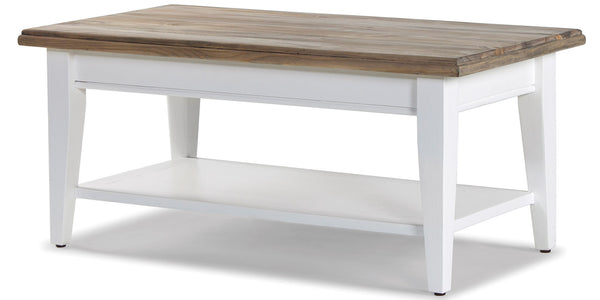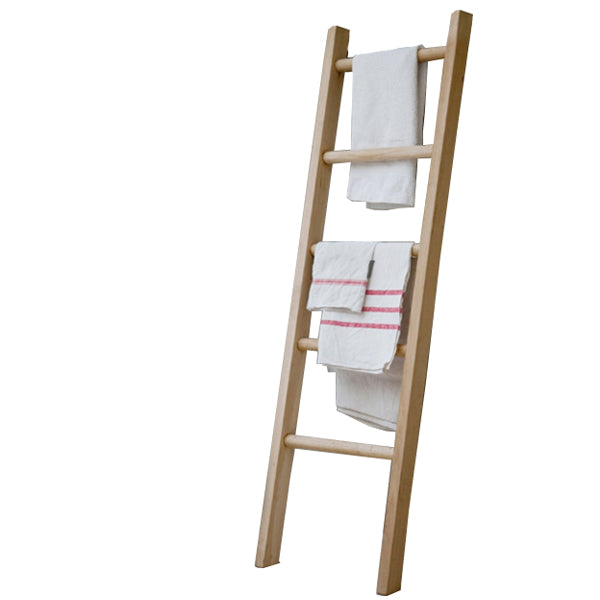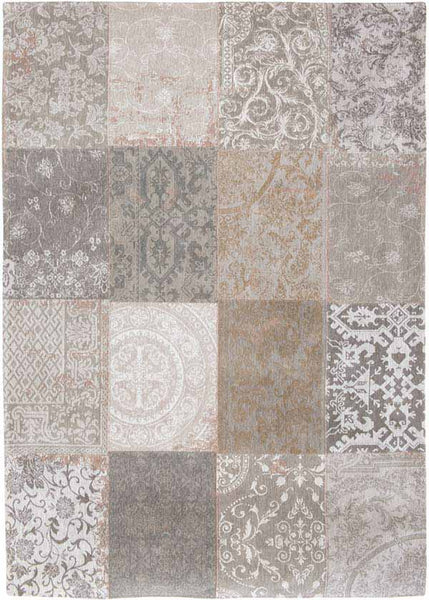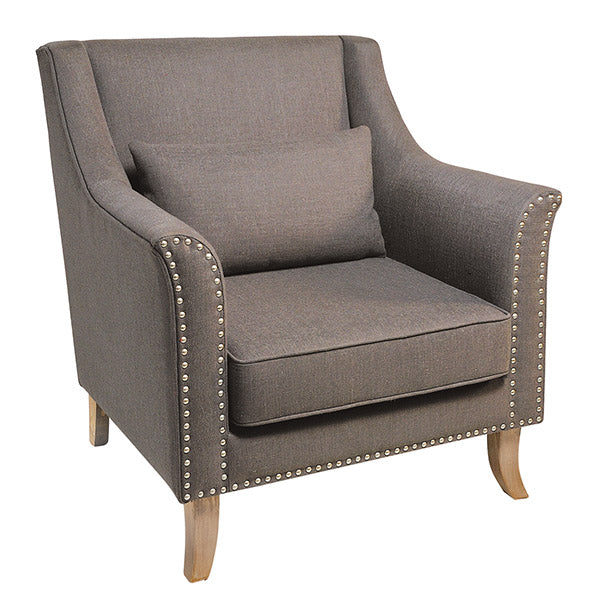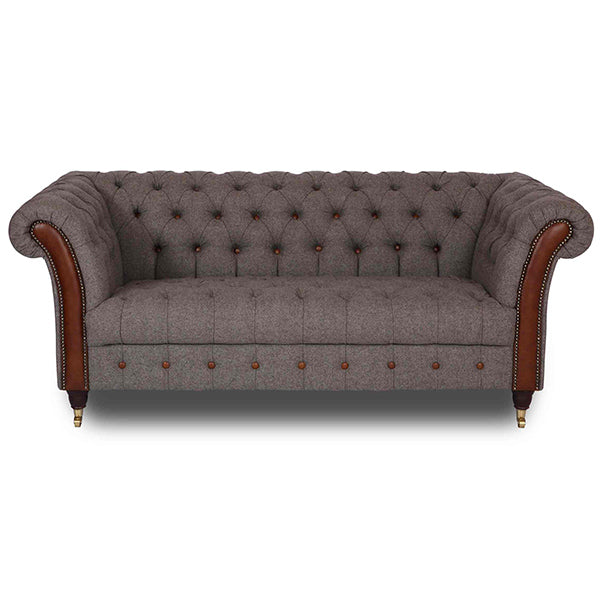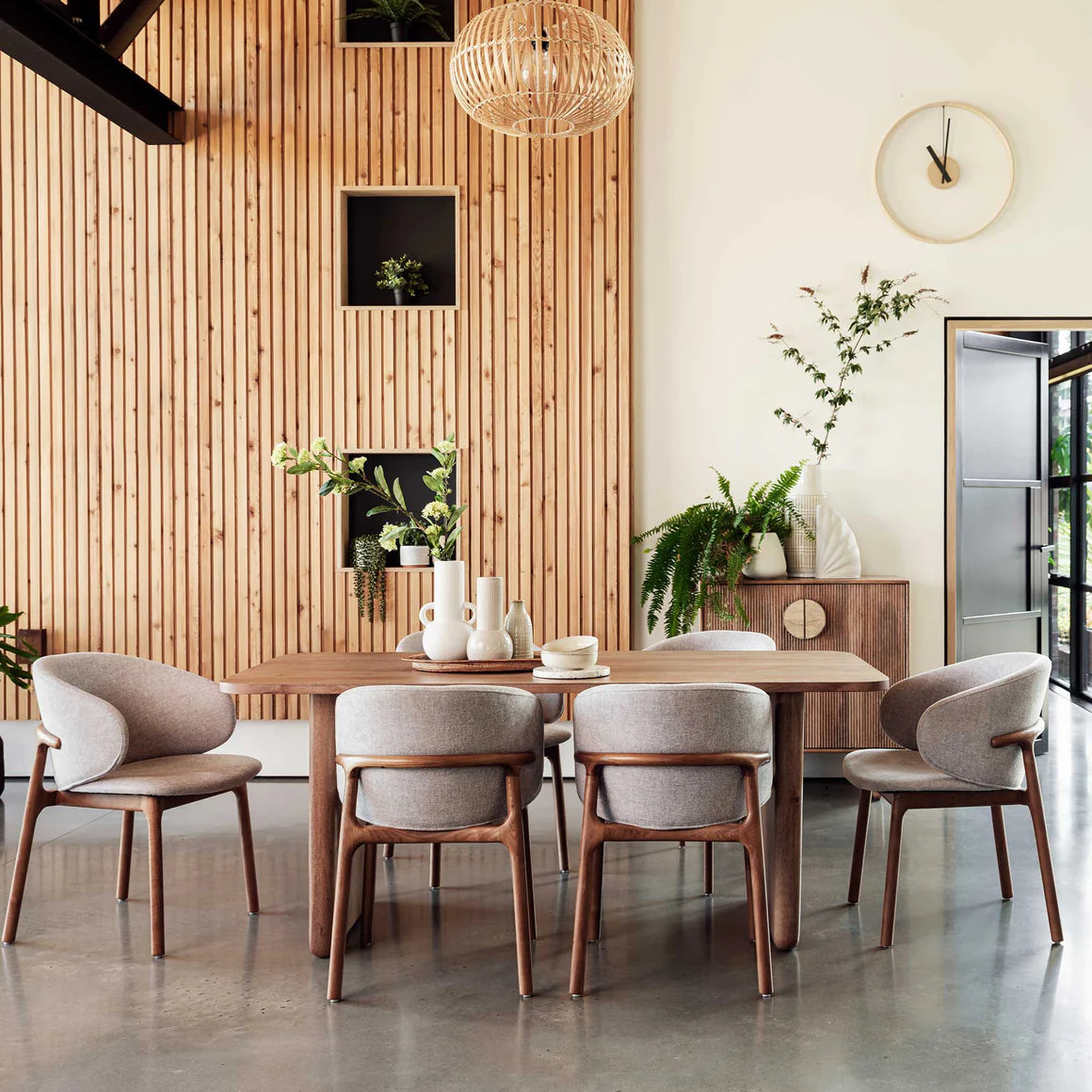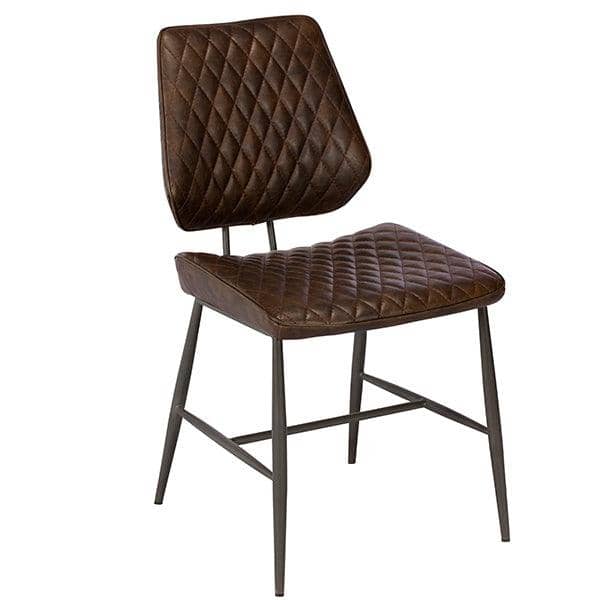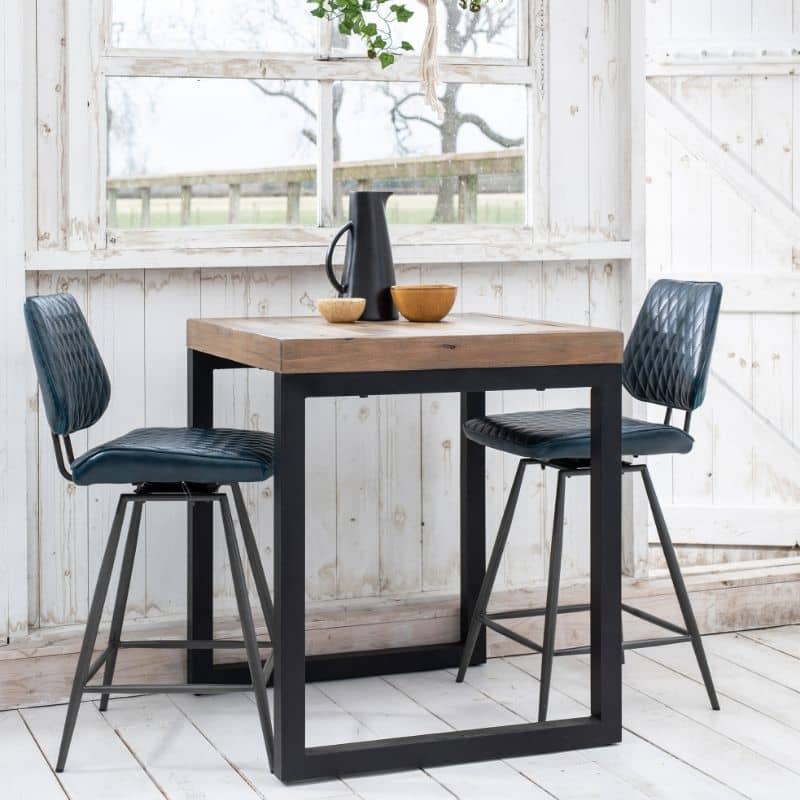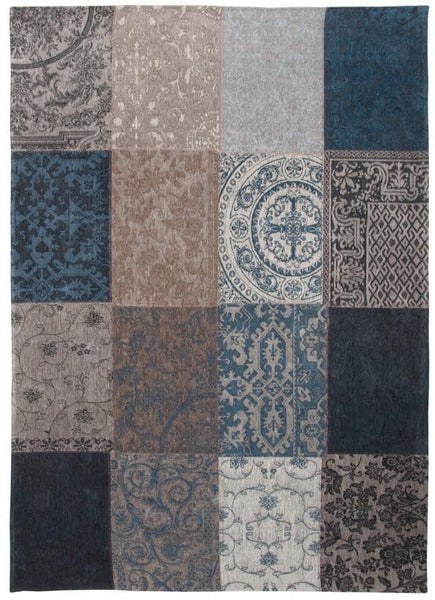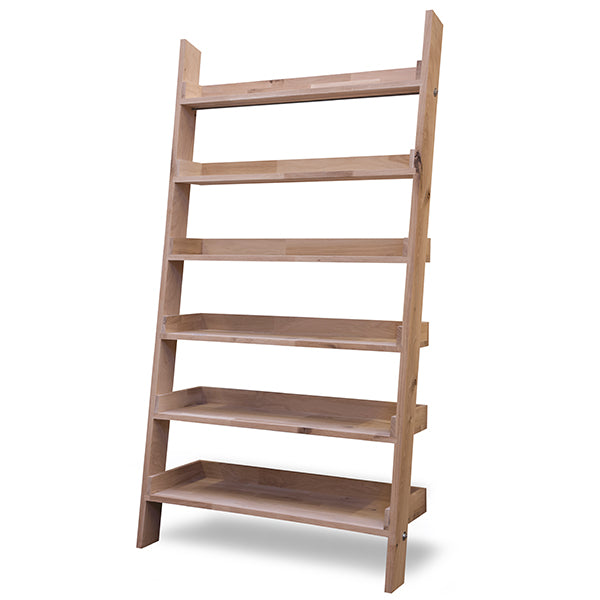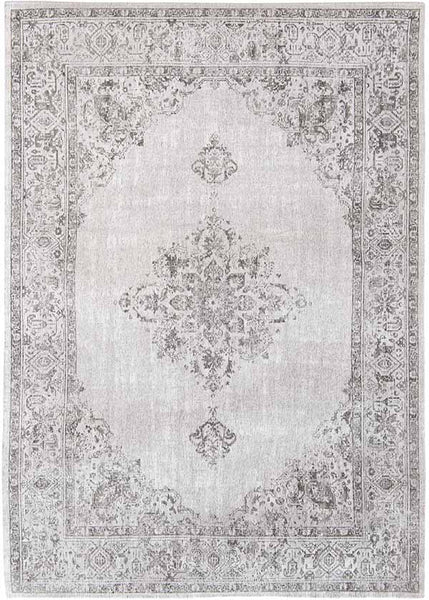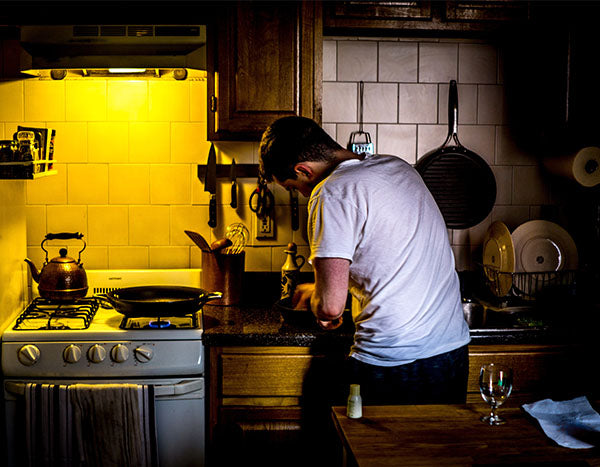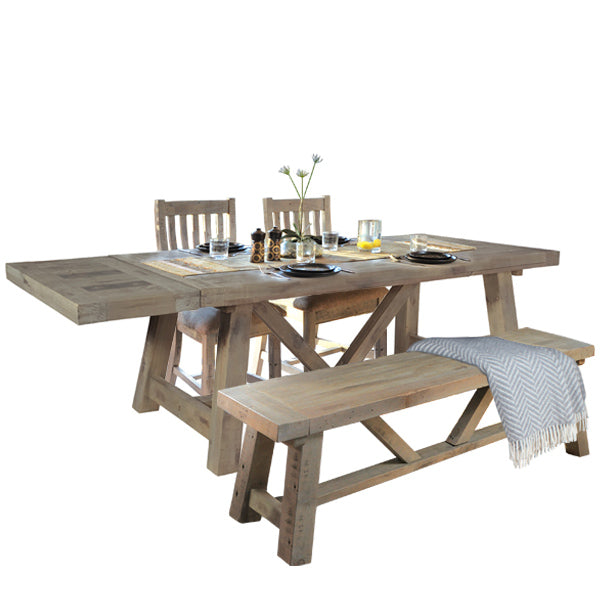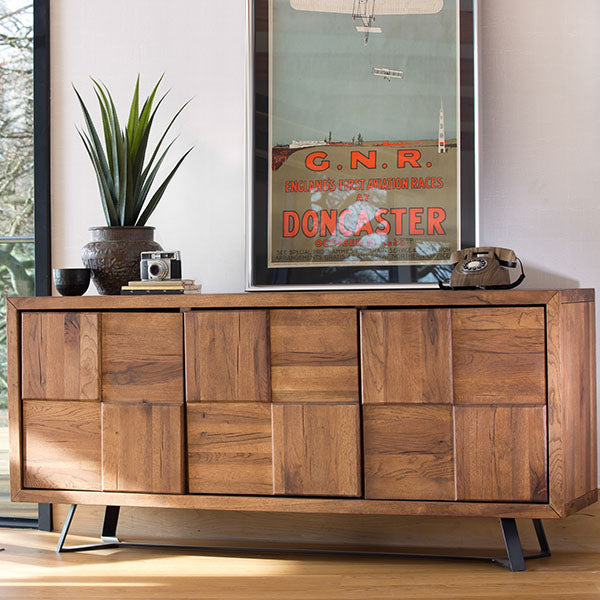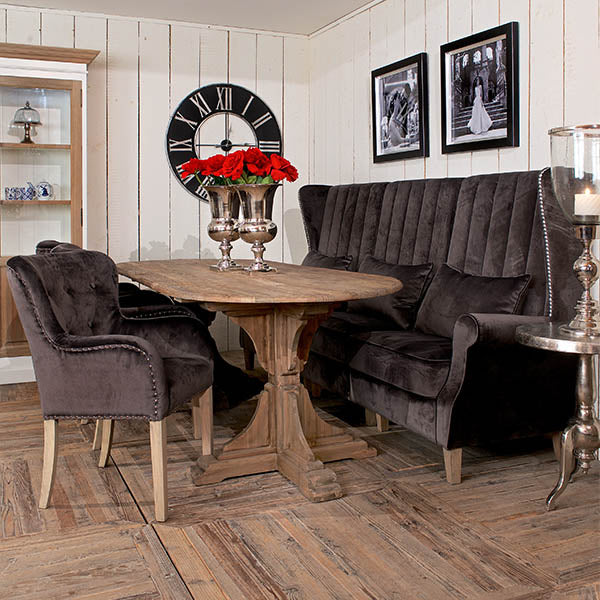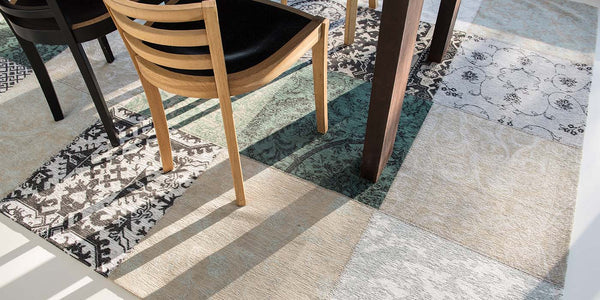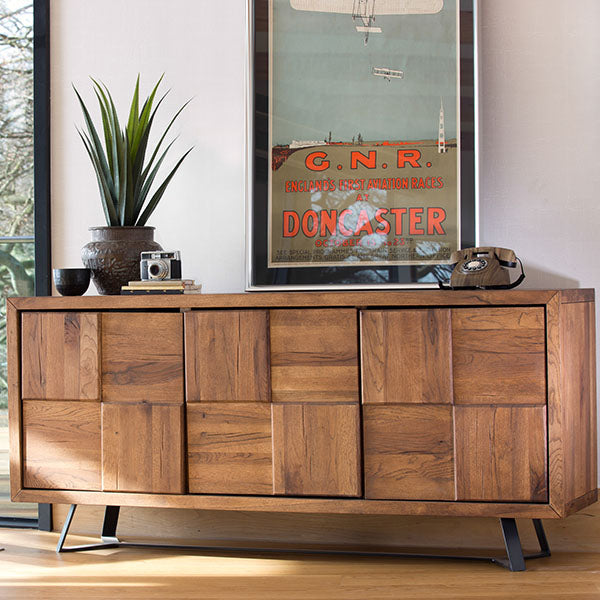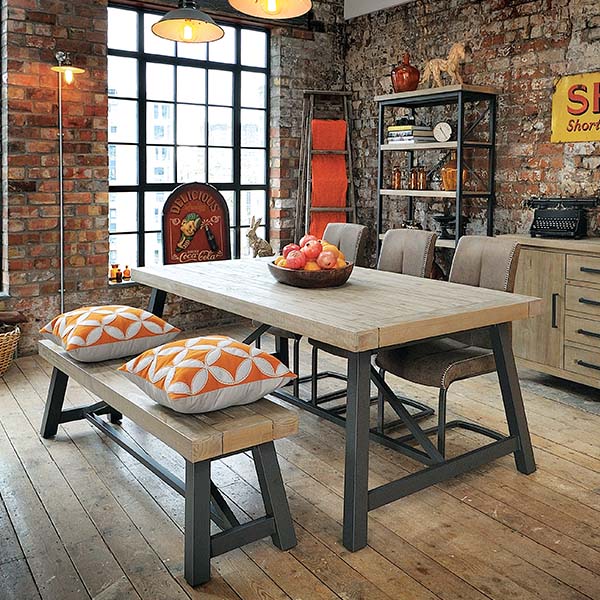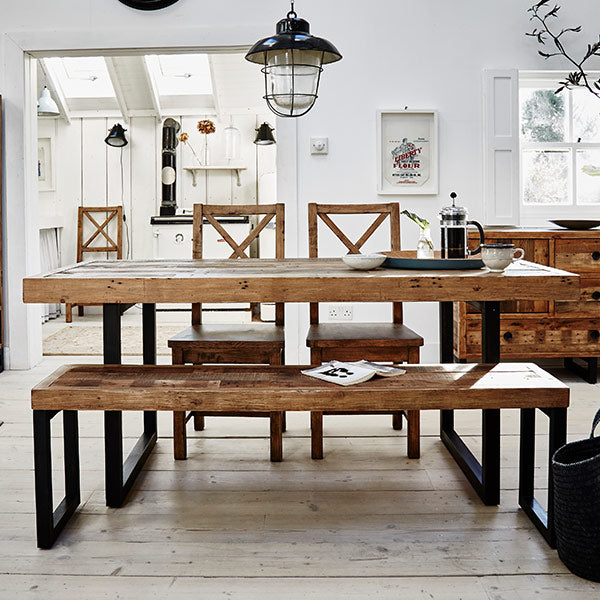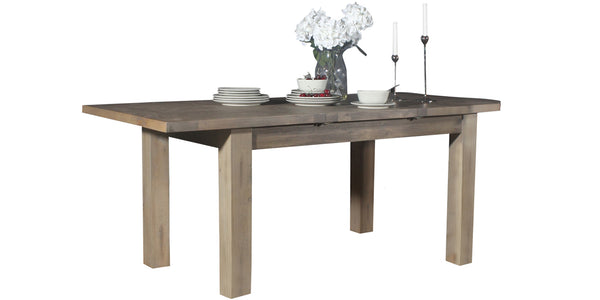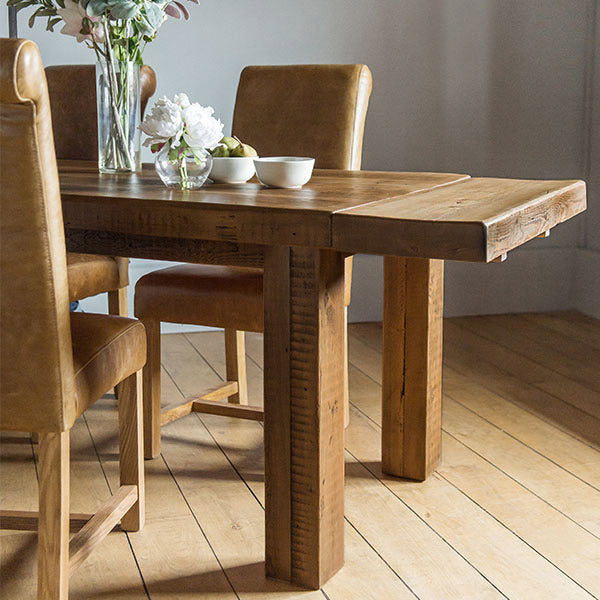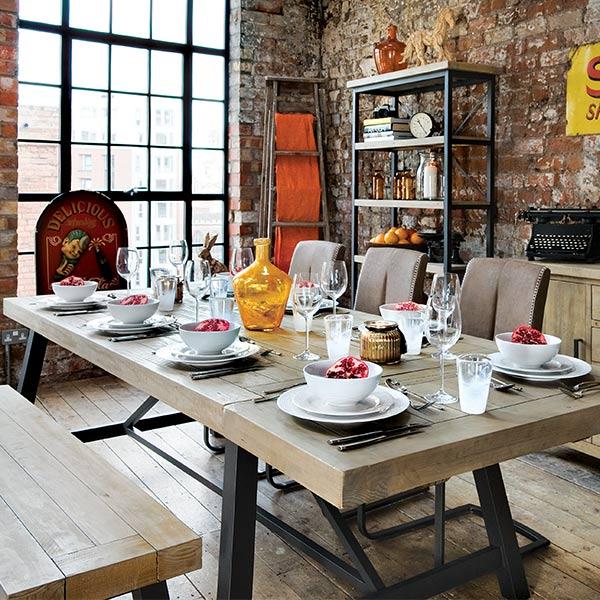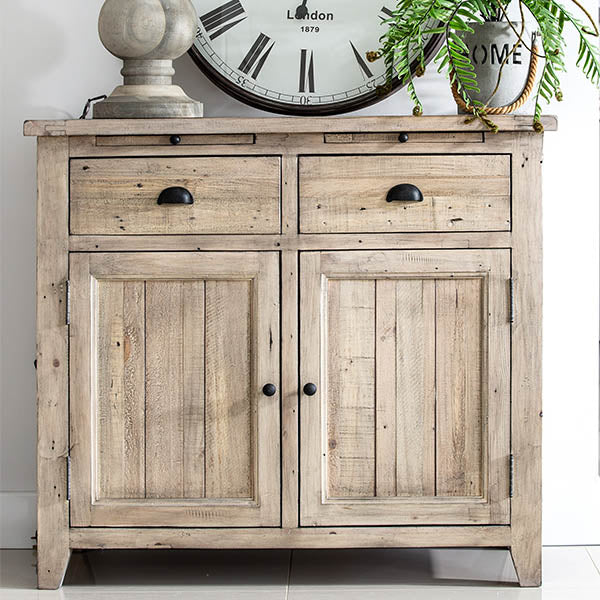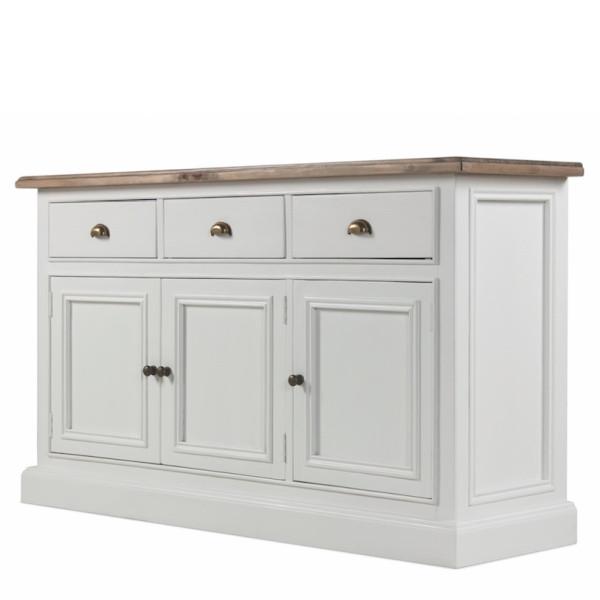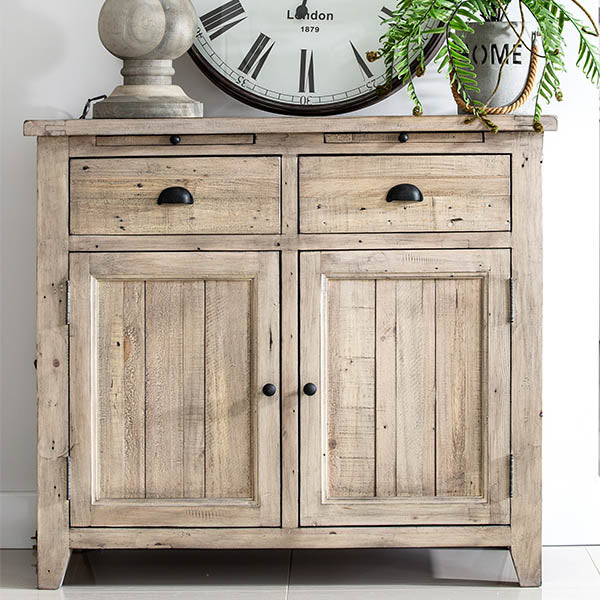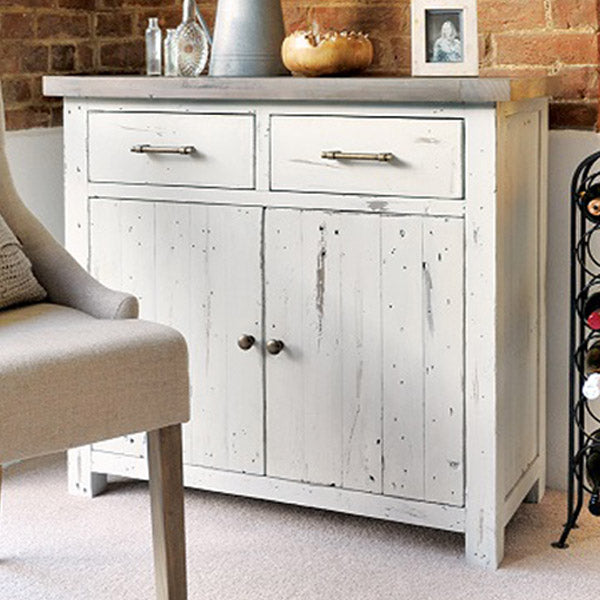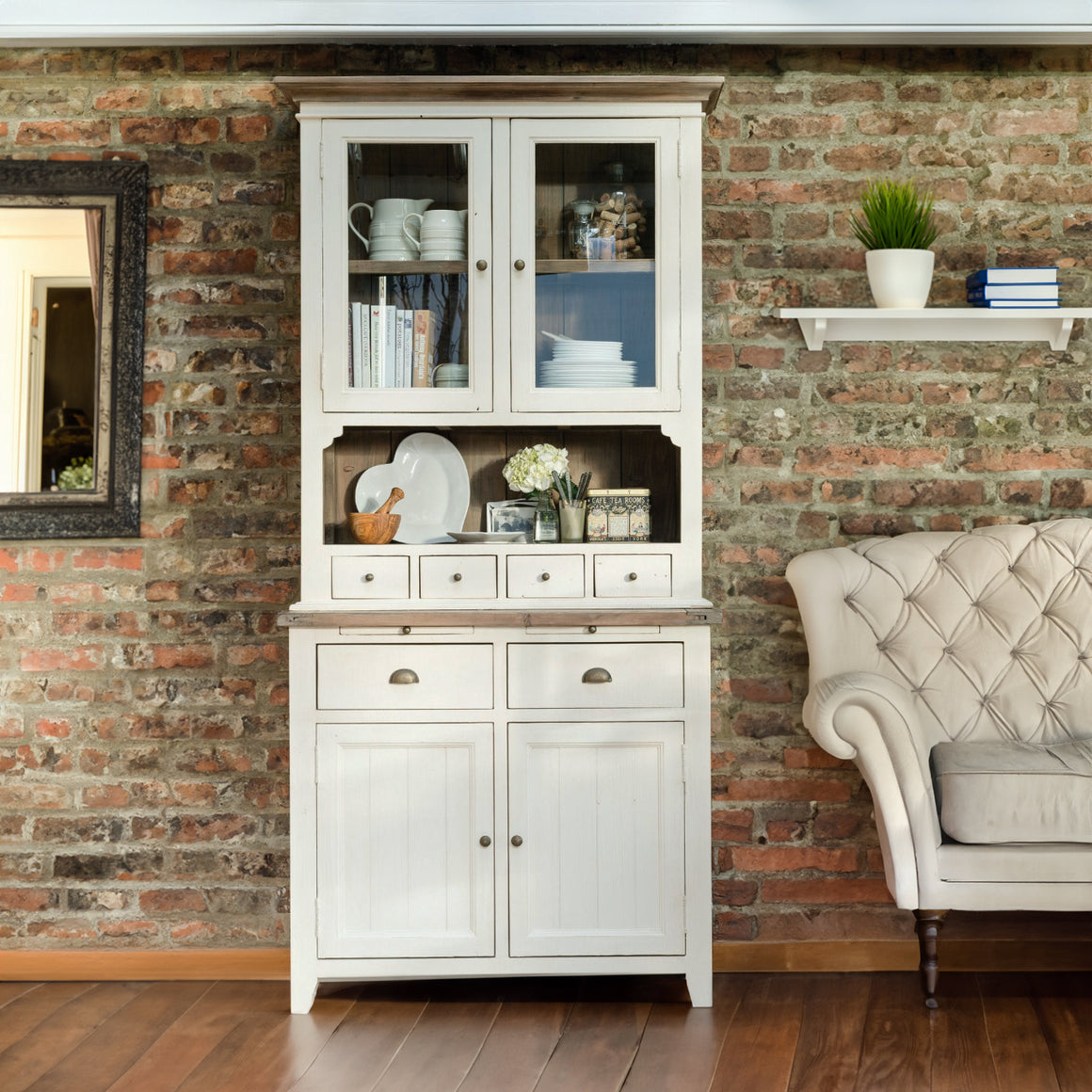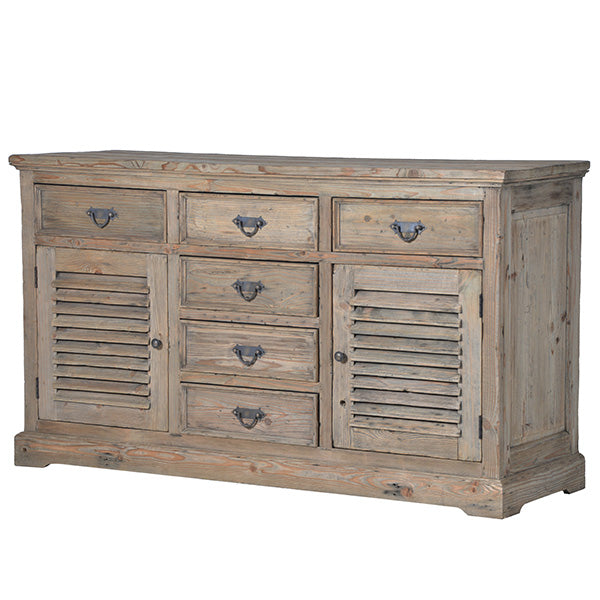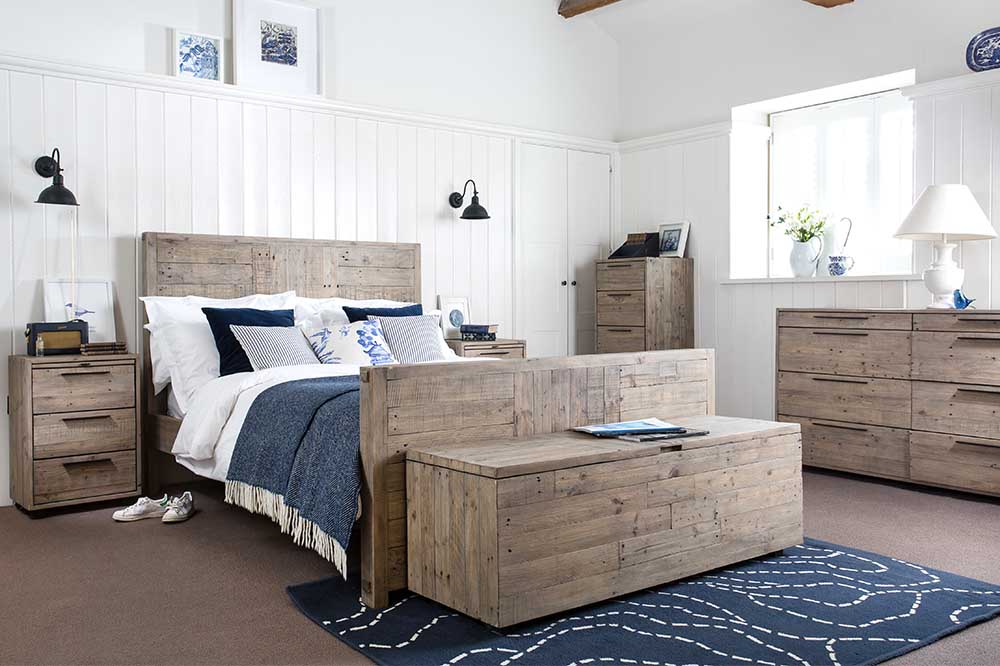
Colour in the home is so very important. It brings style and elegance and is a personal statement. It represents how you live in your home, your likes and taste. It can open up a room just as it can ‘shut it down’. It can bring a fresh, clean feel, just as colour contributes to the warmth and ambience of a space.
In the bedroom, colour is just as important as it is in the hallway or the living room. There is psychology behind colour choice that helps us to create the backdrop that we want, creating a space that welcomes and envelopes us.
Light or dark shades – which is your preference?
In recent months, we have noted a growing trend via social media and other sites for darker hues. In some ways, this isn’t a surprise because the season of autumn and winter always bring us comforting, darker shades of colours.
Within the drama of darker shades – greens, red and blues – there is a welcome comfort, a retreat from the grey, dull and cold of winter. There is a warmth in darker shades that attract us.
We took to Houzz to ask what shades people preferred in the bedroom. There was a leaning toward lighter shades but darker hues were not far behind. In fact, it was a relatively even split between the two.
Industrial drama
Darker shades tend to be associated with the industrial style. This interior design style was borne from the age of loft living in huge city warehouses. These superb gargantuan building once housed the noise and hubbub of industry but fell silent.
With the domestication of the space into open plan loft living, designers kept this industrial edge, melding natural materials especially reclaimed wood, itself a bastion of industry from earlier centuries, alongside modern industry.
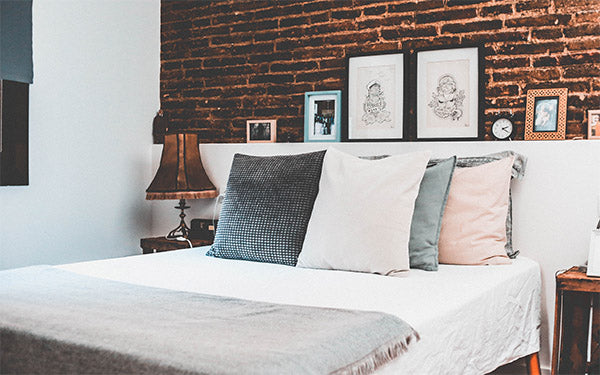
Against metal and bare brick, reclaimed wood sat within the comforting depths of darker shades. The injection of glamour into this style in recent times – the gold finish, for example, or the high polish of stainless steel– fitted beautifully with dramatic midnight navy or the theatre that is dark, earthy green.
Darker shades create a warm glow, a drama all of their own but in some spaces, they can detract and contract. Sucking light, darker colours can become oppressive but if you must have the dark shades, use sparingly and add plenty of ambient light to counterbalance it.
Farmhouse lightness
At the other end of the interior design spectrum comes the farmhouse style. Comforting and cosy, it too has elements key to making it work.
But if you think farmhouse means lace doilies and chintz curtains, think again. In the bedroom, a farmhouse reclaimed wood bed would be the centre of attention, the warmth of the wood nurtured by lighter shades on the wall.
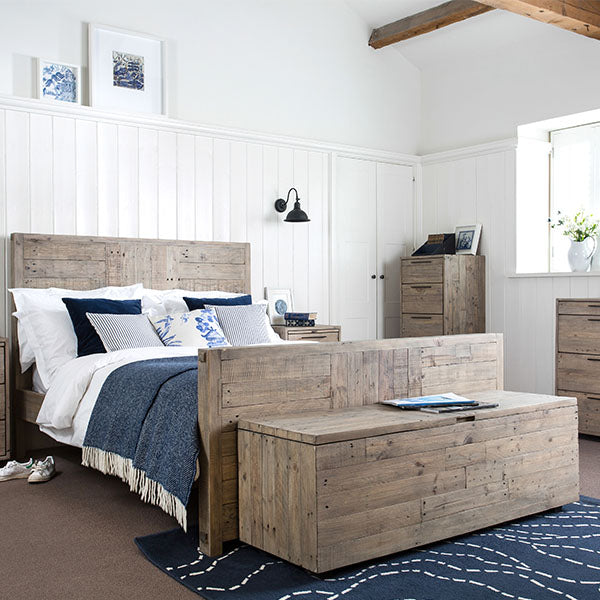
Yellow, white, cream, beige and other pastel shades sit well with farmhouse furniture. The cream rug on the wooden floor adds warmth on both a practical level and in terms of style, with texture.
Painted furniture is not uncommon in the farmhouse style either, such as a crisp white bed balanced with bare wood bed side tables.
Light colours in the bedroom bring freshness. If you want to bring vibrancy to your walls, the Pantone colour of the year ‘Living Coral’ is perfect. With warm undertones, this colour, along with others from the lighter end of the colour spectrum, brings colour without weight but are still warm and welcoming.
Which colour scheme are you bringing to your bedroom to go with your reclaimed wood furniture?
